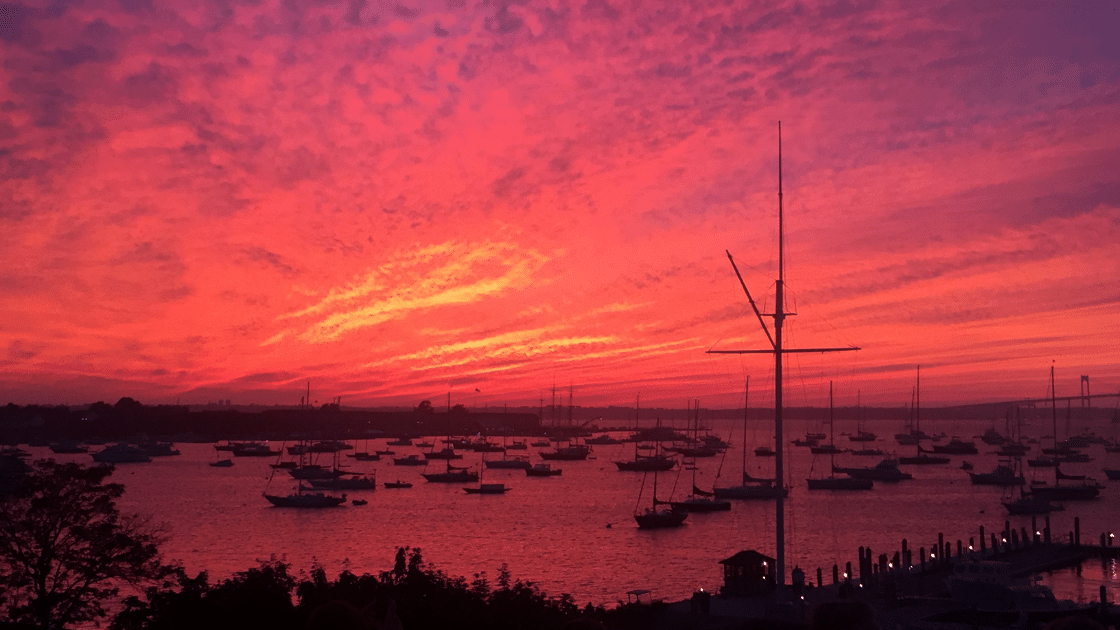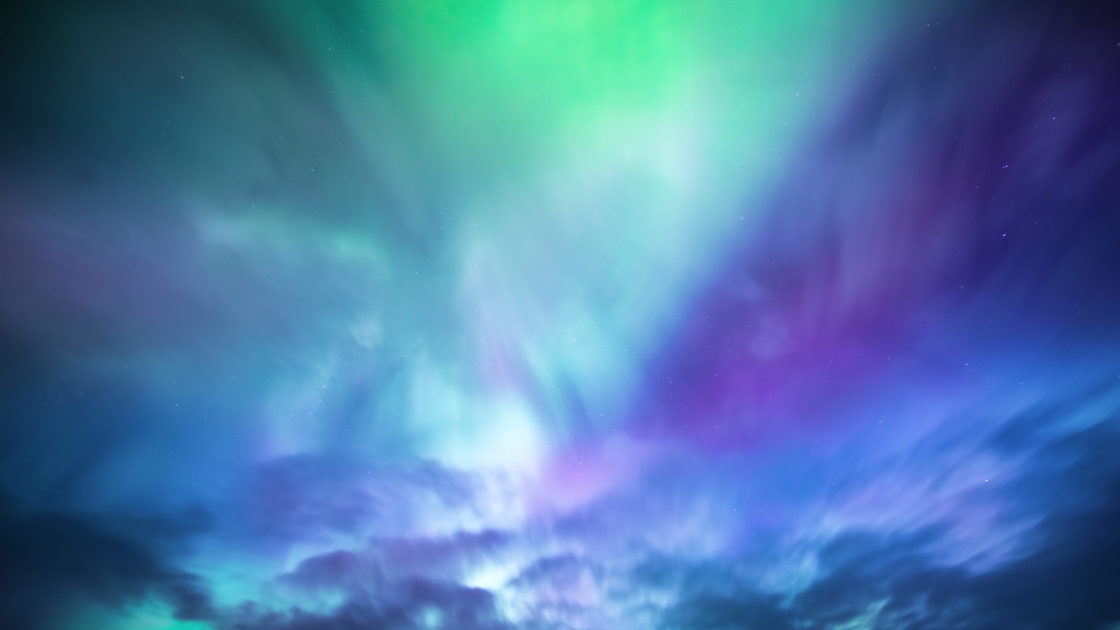In the southern hemisphere, the vernal equinox is the beginning of Fall. The Sun is directly over the equator on the first day of Spring and there is roughly an equal amount of day and night.


In the southern hemisphere, the vernal equinox is the beginning of Fall. The Sun is directly over the equator on the first day of Spring and there is roughly an equal amount of day and night.

Red sky at night, sailors delight. Red sky in the morning, sailors take warning. The saying “red sky at night…” is typically true if you’re in North America. In the mid-latitudes, weather systems travel west to east and the sun rises in the east and sets in the west. So a sun rising before any …

Humans cannot see all of the light that the sun emits but light detecting, spectroscopic, telescopes can. This image composite from NASA reveals that hidden light and x-rays radiating from the Sun and its atmosphere. Image captures like this can help us determine why the Sun’s corona reaches temps in the millions which is 100 times hotter …

The sun’s solar wind is made of charged particles that interact with the Earth’s magnetic field. Eventually, particles collide with atoms and molecules in Earth’s atmosphere and create an interaction that provides the atoms with extra energy which is released as a burst of light.

The first day of winter is the shortest day of the year. Many cultures celebrate the winter solstice with celebrations, feasts, and honoring nature.